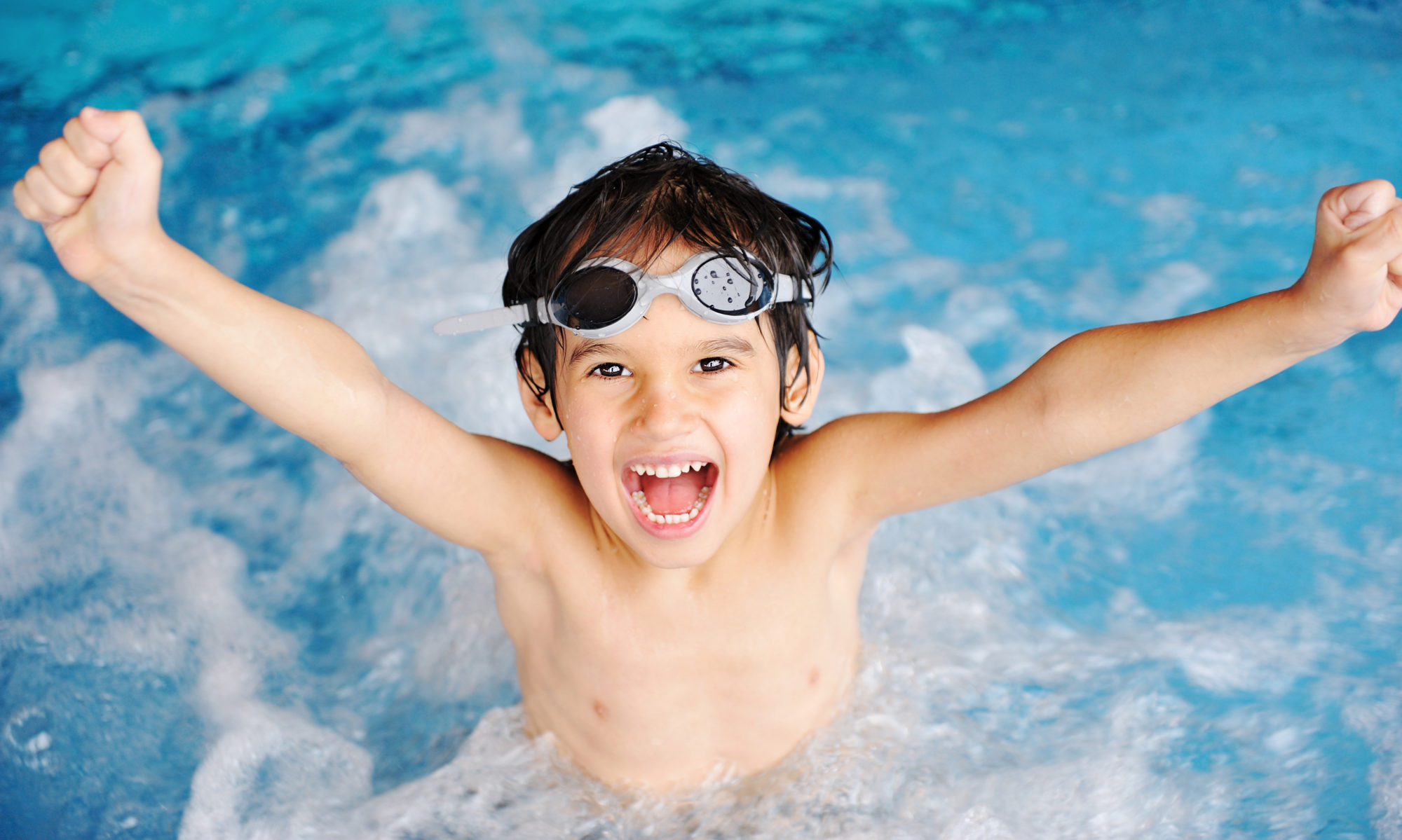Safety comes first, but an important part of your goal is to make learning to swim fun, for yourself and your child. In order to do that you have to bring certain things to the party. Here are the five things you have to do to succeed in teaching your kids to swim.
Practice Patience
If you go into this process with a deadline in mind, you’re setting yourself up for disappointment. Be patient with your child and with yourself. Don’t rush things. Think of the process as being as important as the goal.
Your patience will let your child relax and explore, which are both critical to learning. Your patience will also let you relax and explore. You’ll have the ability to pay full attention to your child’s progress without judging it, so you’ll be a better teacher. You won’t put pressure on your child or yourself, so you’ll both be able to enjoy each other and the process.
When you’re patient, you increase the possibility of finding joy in each lesson. Your child will associate that joy with the lessons and with swimming.
Have a Positive Attitude
While you may be focused on what you’re trying to accomplish, don’t forget to give your child plenty of encouragement, both in and out of the water. Be sincere and positive. Remind him that what you’re doing together is going to keep him safe and healthy and that it’s going to be lots of fun, especially long term.
Watch What You Bring to the Water
Ideally, you should have basic water safety, CPR, and first aid training. The Red Cross and hospitals often offer this training.
Kids read your body language and are attuned to your mental and emotional state. They’re aware of tension in your body and whether your breathing is slow and steady or fast and shallow.
If you’re afraid or concerned, your child will pick up on that. Until you’re over your own fear, you’re not in a good position to teach your child. (Rather, you’re in the perfect position to pass your fear on to your child.) In fact, if you’re afraid, it’s going to be tougher for your child even if you’re not the one doing the teaching.
Prepare yourself before you go into the water by focusing on and visualizing your plan for your time in the water with your child. Remind yourself to let go of concerns about other things. Remind yourself that you’re doing something wonderful for your child’s health, safety, and future. Remind yourself that you want this lesson to be fun for both of you. Smile and take some deep breaths. Before you get into the pool, give your child a hug, a kiss, and a smile, and tell him you love him. You’ll set the tone for the lesson, and it will be serene, gently focused, loving, and effective.
Respect Your Kids’ Feelings
Don’t deny or minimize what your kids are feeling. Acknowledge it, be direct about it, and be matter-of-fact about it. Whether your child is angry about having to be uncomfortable or try something new, afraid of the water, happy about the opportunity to play with you, or proud of the progress he’s making, he’ll feel secure when you acknowledge his feelings.
There’s no need to be dramatic about it. Remain calm. All you have to do is say, “So you’re feeling angry? I can understand that. You’re feeling afraid? I can understand that.” Acknowledging and respecting the feeling is the first step to moving past the feeling.
If your child is afraid, avoid the knee-jerk reaction to deny his fear. It’s not helpful to tell him that there’s nothing to be afraid of or that he shouldn’t worry. Acknowledge that it’s reasonable for him to be afraid. Until he has the skills to be safe, the water is dangerous. That’s a rational fear.
If an activity brings up fear for your child, back off. Inch into it a little at a time. As soon as his fear starts to rise, backtrack to an activity your child is comfortable with and spend plenty of time in that comfortable, confident place.
Respect Your Kids’ Developmental Stages
Don’t compare your child to other kids. Everybody learns at different rates and in different ways. Some things may be easier than others for your child to learn. You may be great at predicting this, but you may also be taken by surprise. Be flexible and be prepared to deal with the reality of your child’s experience instead of your expectations of how things should be.
Bonus 6th Thing: Don’t Expect Perfection
You don’t expect your kids to be perfect. Why would you be? Don’t expect yourself to be perfect at this, and don’t expect teaching your child to swim to be easy all the time. If you keep your goal in mind, though, you can maintain the perspective you need to make teaching your child to swim an experience you’ll both enjoy.
